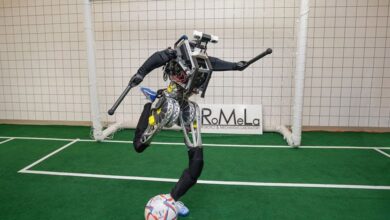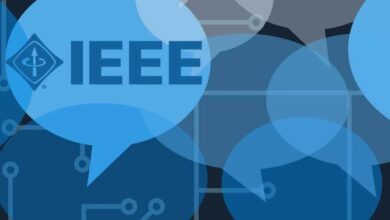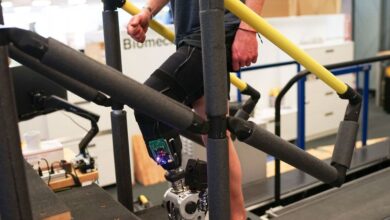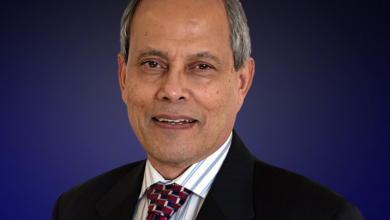IEEE’s Disaster Relief Program Adds to Its Mobile Response Fleet
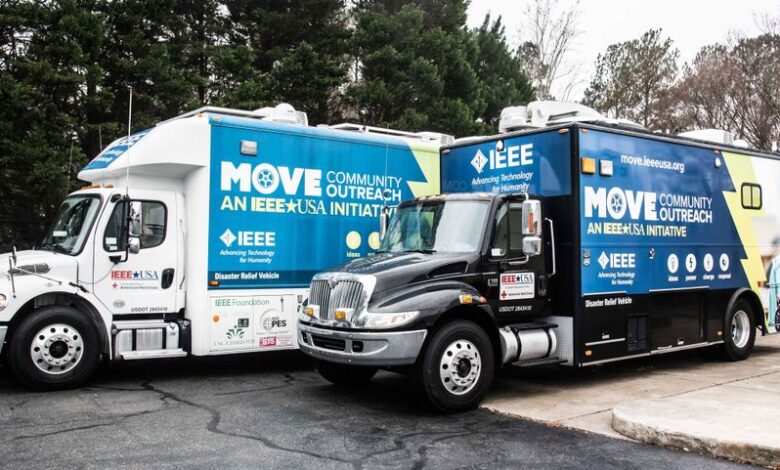
The IEEE MOVE (Mobile Outreach using Volunteer Engagement) program was launched in 2016 to provide U.S. communities with power and communications capabilities in areas affected by widespread outages due to natural disasters. IEEE MOVE volunteers often collaborate with the American Red Cross.
During the past eight years, the initiative has expanded from one truck based in North Carolina to two, with the second located in Texas. In July IEEE MOVE added a third vehicle, MOVE-3, a van based in San Diego.
IEEE MOVE introduced the new vehicle on 14 August during a ceremony in San Diego. IEEE leaders demonstrated the truck’s modular technology and shared how the components can be transported by plane or helicopter if necessary.
Making MOVE-3 modular
The two other MOVE vehicles are equipped with satellite Internet service, 5G/LTE connectivity, and IP phone service. The trucks can charge up to 100 cellphone batteries simultaneously.
All systems are self-contained, with power generation capability.
“Volunteering is intellectually stimulating. It’s a good opportunity to use your technical knowledge, skills, and abilities.” —Tim Troske
“MOVE-3 has the same technologies but in a modular format so they can be transported easily to remote locations. Unlike the other, larger vehicles, MOVE-3 is a smaller van, which can arrive at disaster sites more quickly,” says IEEE Senior Member Tim Troske, operations lead for the new vehicle. “MOVE-3 has a solar power station that is strong enough to charge two lithium-ion battery packs.”
The vehicle’s flexibility allows the equipment to be deployed not only across California—which is susceptible to wildfires, landslides, and earthquakes—but also to Alaska, Hawaii, and other parts of the Western United States. Similar modular equipment is used by IEEE MOVE programs in Puerto Rico and India.
The new MOVE-3 vehicle was introduced at a ceremony in San Diego. From left: Kathy Hayashi (Region 6 director), Tim Troske (MOVE West operations lead), Loretta Arellano (MOVE USA program director), Kathleen Kramer (IEEE president-elect), Tim Lee (IEEE USA president-elect), Sean Mahoney (American Red Cross Southern California Region CEO) and Bob Birch (American Red Cross local DST manager).IEEE
Become a volunteer
When the vehicles are not deployed for disaster relief, volunteers take them to schools and science fairs to educate students and community members about ways technology can help people during natural disasters.
IEEE MOVE is looking for more volunteers, says IEEE Senior Member Loretta Arellano, MOVE program director, who oversees its U.S. operations.
“Volunteering is intellectually stimulating,” says Troske, who experienced his first emergency deployment in August 2022 after flash floods devastated eastern Kentucky. “It’s a good opportunity to use your technical knowledge, skills, and abilities. You’re at the point of your life where you’ve got all this built-up knowledge and skills. It’s nice to be able to still use them and give back to your community.”
For more information on IEEE MOVE, visit the program’s website. To volunteer, fill out the program’s survey form.
IEEE MOVE is sponsored by IEEE-USA and receives funding from donations to the IEEE Foundation.
IEEE Spectrum
